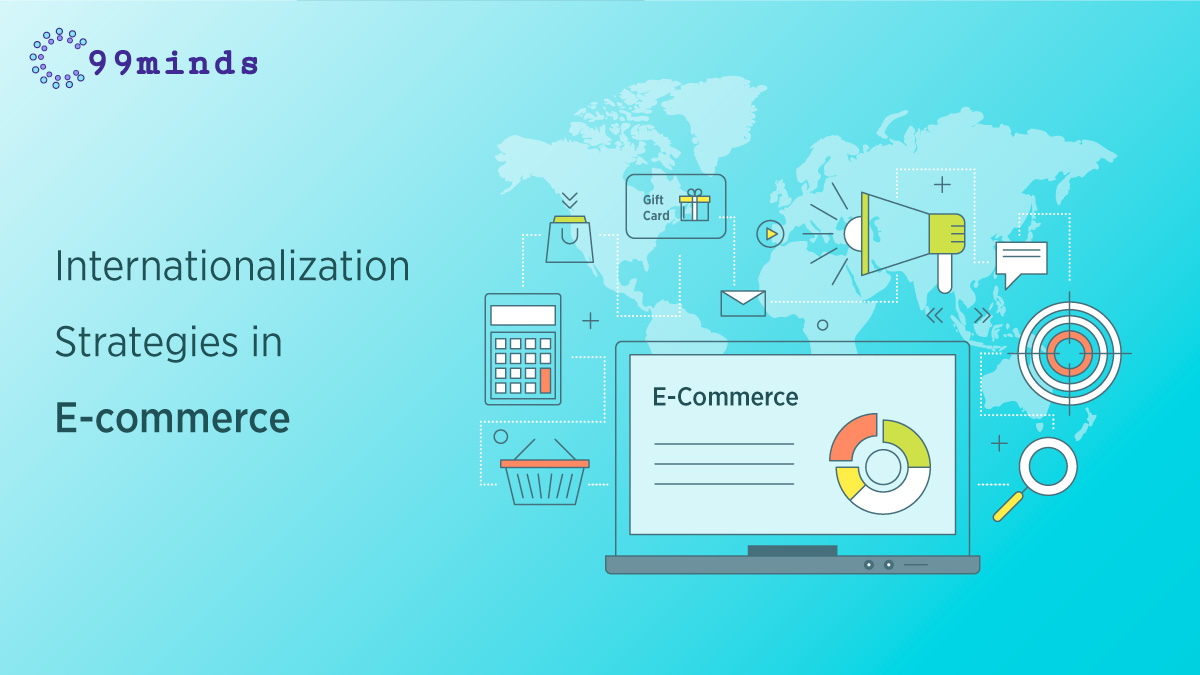
Internationalization has become a global buzzword in the world of e-commerce. But what exactly does this mean? Business internationalization is the process of increasing your company’s footprint outside its home country by branching out overseas.
So you’re attempting to replicate your successful recipe in nations outside your company’s home market… Here’s why that intention is an excellent place to start: According to a Pitney Bowes research, around 65 % of consumers buy things online from countries other than their own. As a result, globalization of e-commerce has never been more vital, and it represents a significant opportunity.
However, simply replicating your technique in your home market in foreign markets would not be enough. Here, 99minds explains five things to think about if you want to expand your e-commerce overseas.
After you’ve determined which areas provide the most potential, it’s time to localize your in-market e-commerce site. This covers the local currency as well as the online payment mix applicable to your clients in that market. Consider not only whether products or product categories are popular in each area so that you may adapt your catalog to your audience but also whether any goods are prohibited from being sold to clients in those countries. Your e-commerce store must be able to manage a hyper-localized shopping experience, including local displays, currency formats, payment methods, targeted product catalogs (or exclusions), and other features.
You may be encouraged by the volume of cross-border visitors to your online store, but your market research does not stop there. It’s great if overseas customers are interested in your products, but are they actually what they want? Before entering a market, brands and merchants must invest time learning about the habits, motivations, and preferences of the consumers. For example, what details should brands include in their product descriptions to persuade customers to buy in each market? Do consumers in that market value pricing, selection,
Because eCommerce is heavily reliant on technology, adopting the most appropriate and up-to-date technological innovations is critical to your success as an online store. Of course, your technology should be at the very least industry standard. For your business to run effectively, you need the right inventory management system, order management system, data security system, and customer service system. Furthermore, all of your systems should be linked in order to provide a unified service. In addition, in order to provide the finest consumer experience, your website must incorporate cutting-edge technologies. Of course, in order to achieve the greatest results, you should already be optimizing your website in accordance with SEO best practices. Furthermore, your website should load swiftly and provide a pleasant customer experience. Make it mobile-friendly as well, so that more clients may use it. However, in order to keep one step ahead of the competition, your website should also provide future technology. This could mean a variety of things, but for the time being, it refers to the use of chatbots using AI technology to improve customer service.